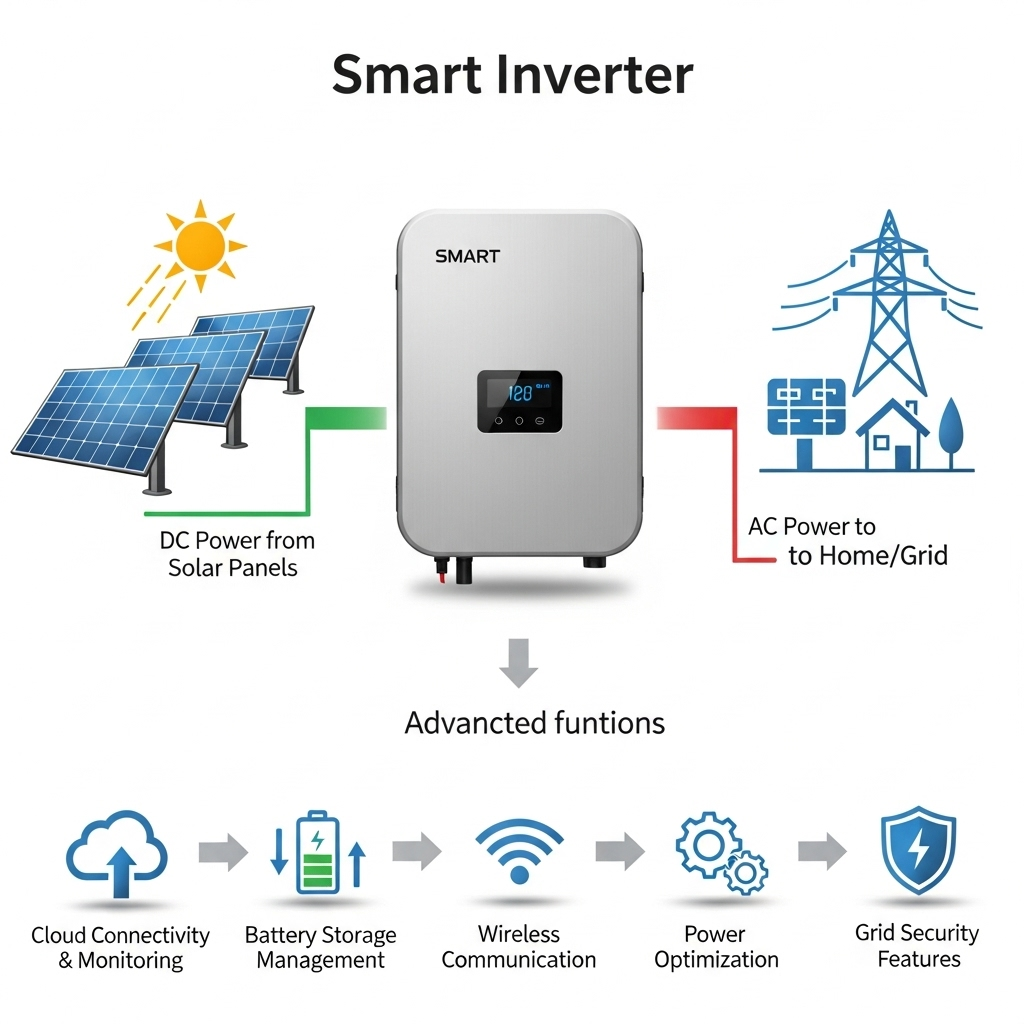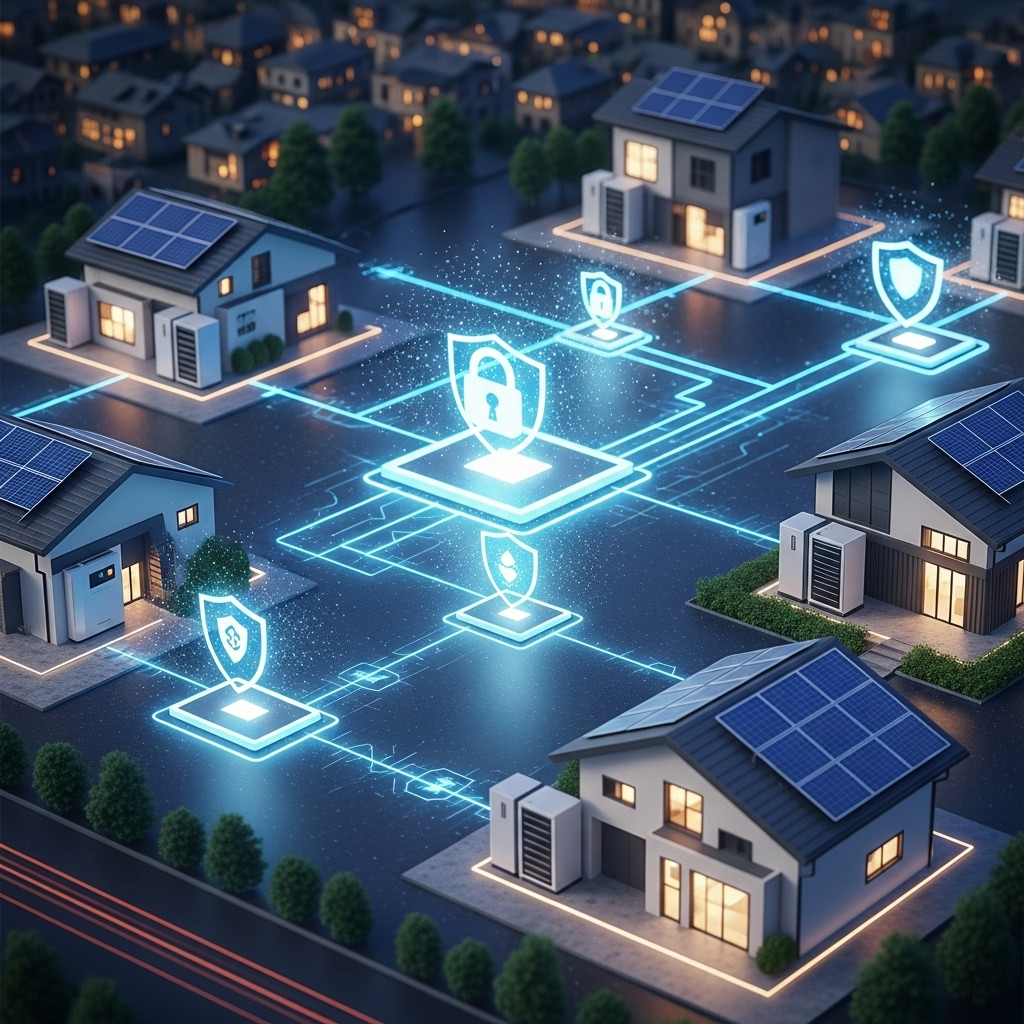The International Energy Agency (IEA) and the International Renewable Energy Agency (IRENA) are pivotal in shaping global energy directives. Their reports and recommendations create ripples that influence national policies, investment trends, and technological standards. For anyone involved in solar and energy storage, from developers to homeowners, understanding these signals is not just an academic exercise. It is a strategic necessity. This roadmap offers a clear path to align your solar-plus-storage initiatives with these powerful global currents, enhancing project viability and accelerating the path to energy independence.
Understanding the Core Objectives of IEA and IRENA
While both organizations champion a sustainable energy future, they approach it from distinct angles. Recognizing their individual priorities and their recent convergence on solar-plus-storage is the first step in building an effective strategy.
IEA's Focus on Energy Security and Market Stability
Historically, the IEA has concentrated on ensuring stable and secure energy supplies for its member countries. This involves detailed market analysis, policy reviews, and the development of technology roadmaps to guide long-term infrastructure investments. A key part of their work involves turning 'political statements and analytical work into concrete action,' as noted in their Technology Roadmap - Concentrating Solar Power. This focus on reliability makes them a strong advocate for solutions that bolster grid stability, a role perfectly suited for energy storage.
IRENA's Mission for Widespread Renewable Adoption
IRENA's primary mission is to promote the widespread and sustainable use of all forms of renewable energy. The agency works to provide policy advice, facilitate technology transfer, and build capacity in countries around the world. Their efforts are geared toward breaking down barriers to renewable energy deployment, from policy and finance to technical integration. Their extensive databases on policies and measures serve as a critical resource for understanding what works.
The Convergence on Solar + Storage
Solar power's variable nature presents a challenge to the grid stability valued by the IEA. At the same time, it is a cornerstone of the renewable future championed by IRENA. The solution that satisfies both is energy storage. Pairing solar panels with battery systems transforms an intermittent power source into a dispatchable asset. This combination enhances energy security, facilitates greater renewable penetration, and provides the grid flexibility that both agencies identify as critical for the future.
Translating Policy into Actionable Project Strategies
High-level policy signals become truly valuable when they are translated into tangible actions. For project developers, aligning with IEA and IRENA recommendations can unlock significant advantages.
Leveraging Policy for Project Financing and De-risking
Investors and financial institutions look for projects with long-term viability. A project designed in alignment with IEA and IRENA principles is inherently de-risked because it anticipates future regulatory landscapes and market needs. This alignment can attract favorable financing from development banks and climate-focused funds. For example, policy mechanisms like Property Assessed Clean Energy (PACE) financing, which was used to fund solar and efficiency upgrades for a nonprofit housing complex, demonstrate how supportive policies create new funding avenues, a success highlighted by the U.S. Department of Energy.
Streamlining Permitting and Interconnection
One of the most significant hurdles for solar and storage projects is navigating local permitting and utility interconnection rules. Many of these rules are outdated and fail to account for the capabilities of modern energy storage. Organizations are working to change this. According to a U.S. Department of Energy success story, updating interconnection rules with proper terminology and processes for energy storage is crucial. By adopting best practices promoted by international bodies, developers can often streamline these processes, reduce delays, and cut costs.
Designing for Grid Services and Resilience
Modern energy policy increasingly encourages distributed energy resources that can provide services to the grid. This includes frequency regulation, demand response, and peak shaving. Designing a solar-plus-storage system with a smart hybrid inverter allows it to not only power a home or business but also participate in these emerging grid services markets. This creates additional revenue streams and strengthens the overall business case for the project.
Selecting the Right Technology for a Policy-Driven Market
Aligning with policy is not just about project design; it is also about choosing the right hardware. The technology you select must meet the performance, safety, and longevity standards implicitly demanded by a move toward a more resilient and decentralized grid.
The Central Role of High-Performance Batteries
The choice of battery chemistry is fundamental. Lithium Iron Phosphate (LiFePO4) batteries have emerged as the preferred option for stationary energy storage. Their excellent thermal stability makes them far safer than other lithium-ion chemistries like NMC. Furthermore, their long cycle life—often exceeding 6,000 cycles—ensures they meet the long-term reliability goals central to IEA and IRENA's vision for durable energy infrastructure.
Hybrid Inverters: The Brains of the System
A hybrid inverter is the command center of a modern solar-plus-storage system. It intelligently manages the flow of energy between the solar array, the battery, the building's loads, and the electrical grid. This capability is essential for executing the grid-support functions that new policies encourage. A system with a capable hybrid inverter is not just a power generator; it is an active, responsive grid asset.
Measuring and Verifying Performance
Policy compliance and participation in advanced energy markets require verifiable performance. Key metrics such as Round-Trip Efficiency (RTE), Depth of Discharge (DoD), and C-rate are critical for evaluating a system's effectiveness. For a deep dive into these technical specifications, the ultimate reference on solar and storage performance offers a comprehensive guide to understanding and comparing these crucial figures. This data is vital for ensuring your system delivers on its promises.
| Feature | LiFePO4 (LFP) | Nickel Manganese Cobalt (NMC) |
|---|---|---|
| Safety & Stability | Excellent thermal and chemical stability | Higher risk of thermal runaway |
| Lifespan (Cycles) | 3,000 - 10,000+ cycles | 1,000 - 2,000 cycles |
| Energy Density | Good | Very High |
| Cost | Generally lower, cobalt-free | Higher due to cobalt content |
| Policy Alignment | Aligns with long-term safety & reliability goals | Higher energy density suits mobile applications |
Staying Ahead of the Policy Curve
The energy landscape is dynamic. Policies and technologies evolve. Building a successful long-term strategy requires a commitment to staying informed and designing systems that are adaptable.
Monitoring International Technology Roadmaps
Continuously tracking publications from agencies like the IEA provides invaluable foresight. Their roadmaps, such as the analysis on Next Generation Wind and Solar Power, signal where the industry is headed. This allows you to anticipate technological shifts and future policy directions, ensuring your investments remain relevant and competitive.
Embracing System Scalability and Modularity
Energy needs change over time, and so do government incentives. The best way to future-proof an investment is to choose a scalable and modular system. A modular home energy storage system allows you to start with a capacity that meets your current needs and budget, then easily expand it later. This approach provides flexibility and ensures your system can adapt to new opportunities, embodying the principle of creating reliable and scalable energy solutions.
Your Blueprint for Success in a Policy-Driven Era
Navigating the world of global energy policy can seem complex, but the core message is simple. The consensus points toward a future powered by renewable energy made reliable with storage. By understanding the objectives of key organizations like the IEA and IRENA, you can do more than just build a solar project; you can create a future-proof asset. Aligning your project design, financing strategy, and technology choices—such as high-performance LiFePO4 batteries and smart hybrid inverters—with these signals provides a clear blueprint for building resilient, profitable, and impactful energy solutions.
Frequently Asked Questions
What are the main policy signals from IEA and IRENA for solar?
They prioritize the integration of variable renewables like solar with energy storage to enhance grid stability, improve energy security, and accelerate the clean energy transition. Key signals include calls for flexible grids, market reforms that value storage, and streamlined permitting processes.
How does using LiFePO4 batteries align with these policies?
LiFePO4 batteries offer superior safety, a longer lifespan, and better thermal stability compared to other lithium-ion chemistries. These characteristics directly support policy goals for creating durable, safe, and reliable long-term energy infrastructure, reducing replacement cycles and ensuring system dependability.
Can small-scale residential solar projects benefit from these international policies?
Yes. International policies often influence national and local incentives, utility programs, and technical standards. Aligning a home system with these standards—for example, by using a smart hybrid inverter and high-quality storage—can make it eligible for feed-in tariffs, grid service payments, or tax credits that are created in response to these global trends.
What is the first step to align my project with these policies?
Start by conducting a thorough review of your national and local energy regulations, which are often influenced by IEA and IRENA guidelines. Then, design your solar-plus-storage system with technology that supports grid flexibility and long-term performance, such as hybrid inverters and scalable LiFePO4 battery systems.





Leave a comment
All comments are moderated before being published.
This site is protected by hCaptcha and the hCaptcha Privacy Policy and Terms of Service apply.